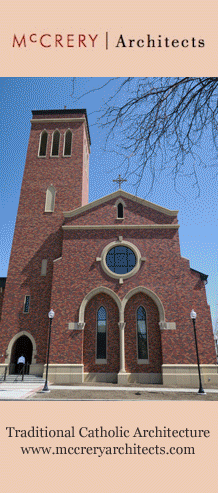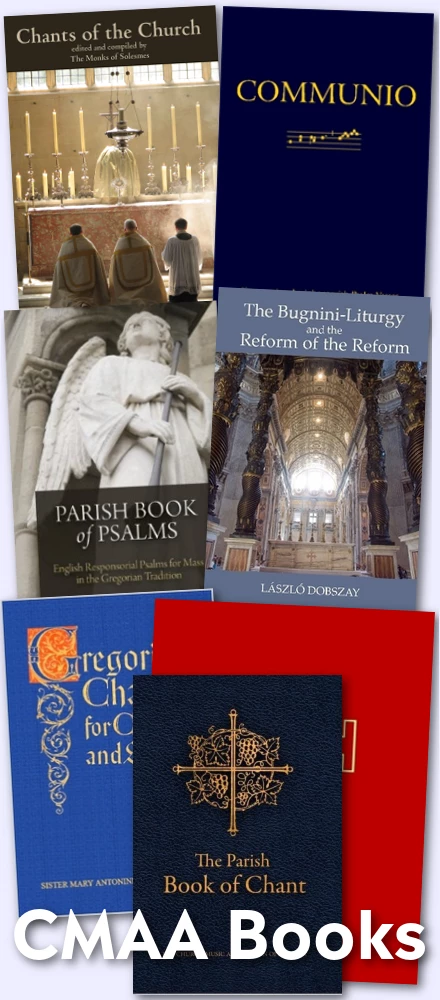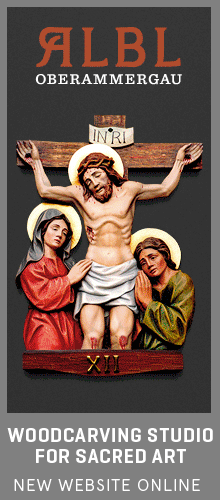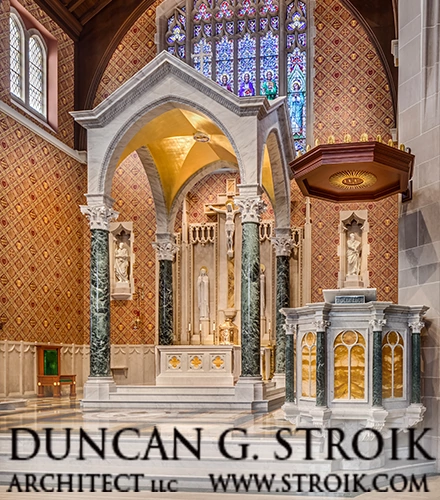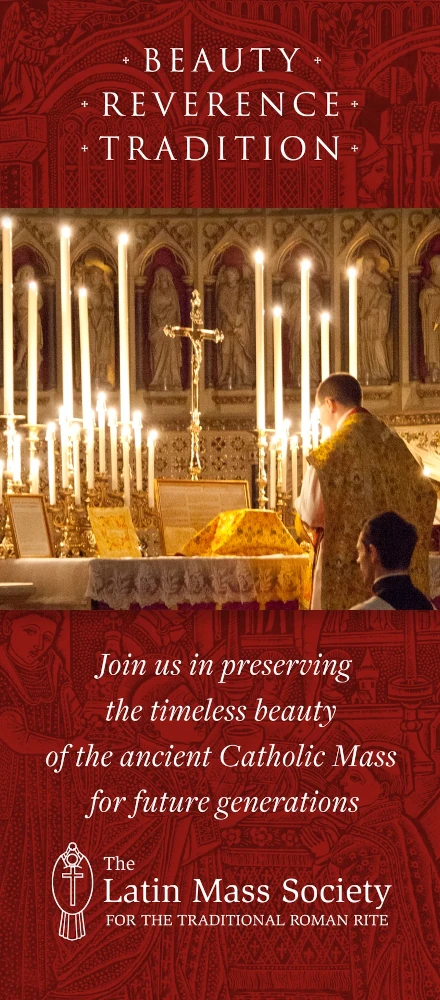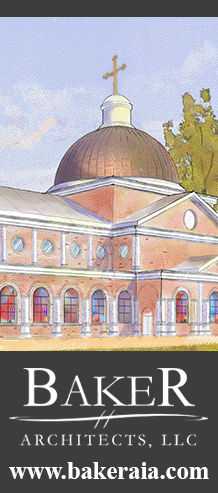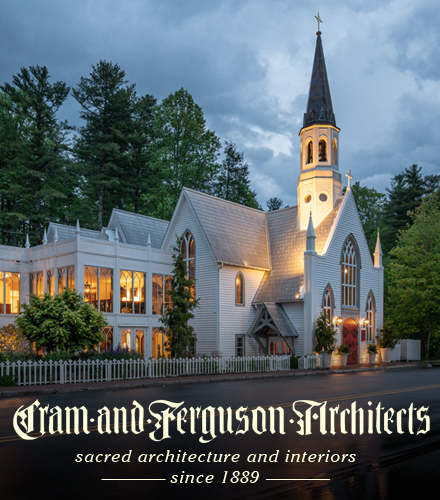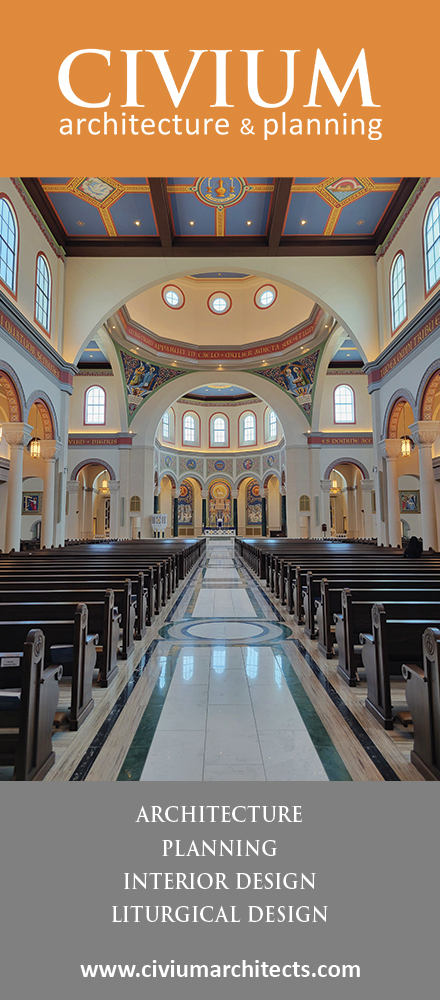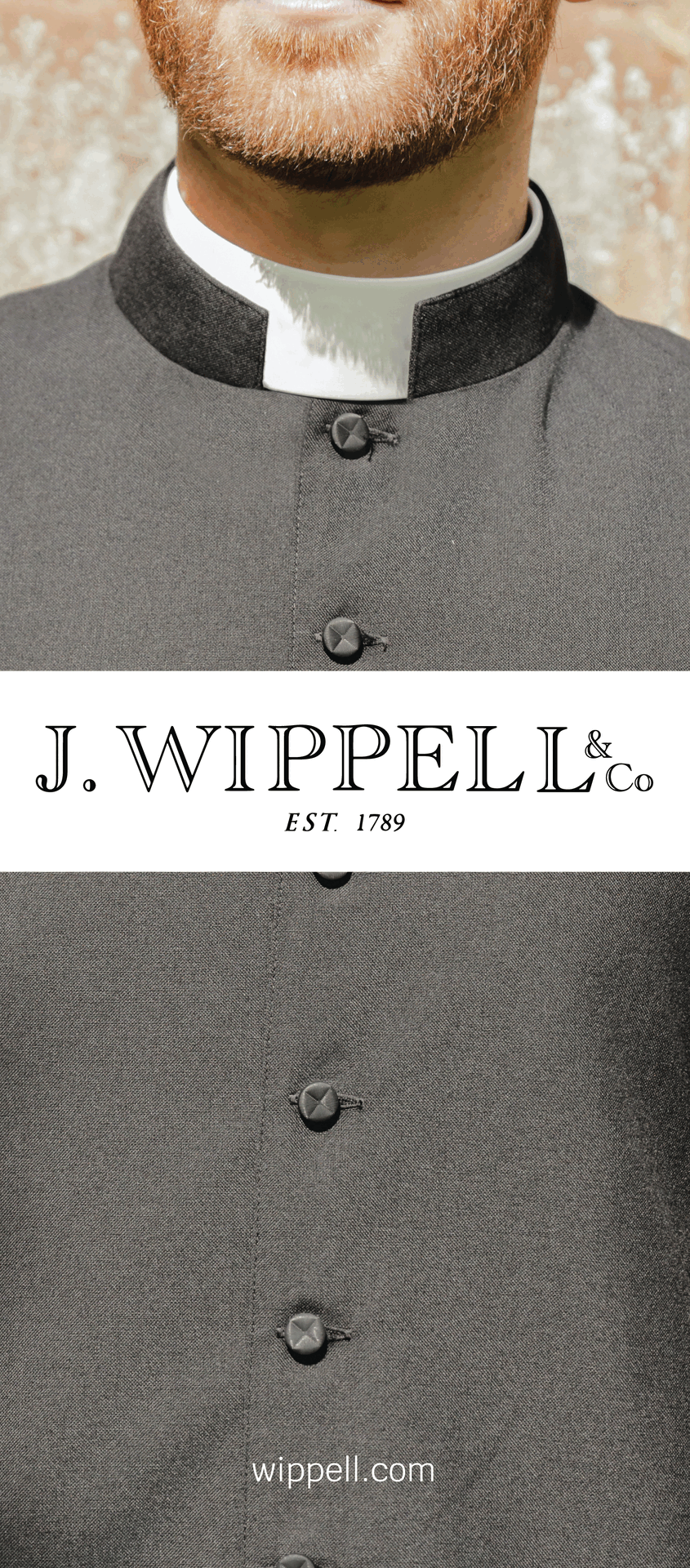On Monday, I posted on the problem of finding a full setting of the Psalms attached to the Communion Antiphon. It's Friday now, and thanks to readers, and after some very frustrating troubleshooting (I now know more about embedded fonts in .doc to .pdf conversions than I ever sought to know), we now have a very nice solution, at least the beginnings of a solution, as posted on MusicaSacra.com.
See these three communions, applicable to the next three Sundays:
They will be listed in alphabetical order to accommodate both the new and old rites.
Again, so far as I know, there is no existing book that is accessible that prints these, and yet they ought to be used in commuions in every parish in which it is viable, as least if we want to fulfill what is the ideal as presented in the GIRM: "...the antiphon from the Roman Missal or the Psalm from the Roman Gradual as set to music there..."
86. While the priest is receiving the Sacrament, the Communion chant is begun. Its purpose is to express the communicants’ union in spirit by means of the unity of their voices, to show joy of heart, and to highlight more clearly the “communitarian” nature of the procession to receive Communion. The singing is continued for as long as the Sacrament is being administered to the faithful. If, however, there is to be a hymn after Communion, the Communion chant should be ended in a timely manner. Care should be taken that singers, too, can receive Communion with ease.
By the way, using the Communio attached to the rite itself solves the entire problem of singers receiving the sacrament. If you have a a half dozen singers, some can receive while others sing, and then they can switch out when the others return. This way, there is no break in the chant and no one feels pressure receive if they do not wish to.
That aside, I'm just thrilled to announce that these are finally going to be available to people. I would rather have Solesmes or someone else print them. But until they do, this is a great method.


